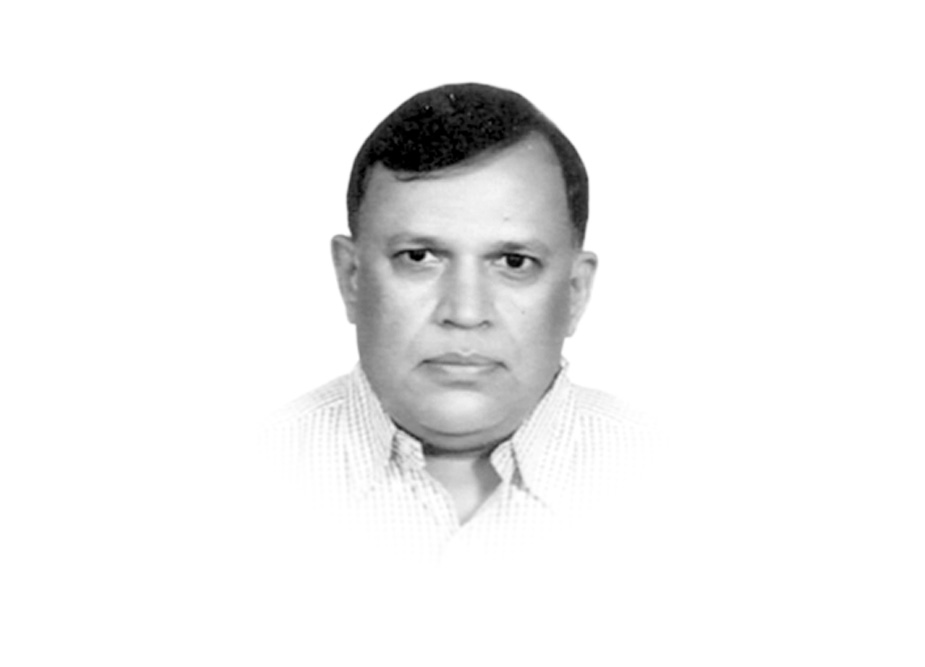
After PIA went dry, its clientele on international and regional routes is dominated by ethnic traffic, especially on its flights to the UK and Europe, where majority of passengers are expatriate Pakistani-origin UK citizens with links to Azad Kashmir and northern parts of Pakistan. As a service-oriented industry, PIA management and its flight and cabin crew have to cater to passengers and not vice versa. Before starting the service on August 14, PIA’s marketing team should have developed passenger load through aggressive sales and calculated fares to ensure that at least the airline was able to break even after paying the high cost of leasing the A330s and covering other expenses like fuel, overflying navigation charges, landing fee, passenger and baggage insurance, cost of complimentary drops at London, crew expenses and so on.
There was a time when PIA’s cabin crew would clean toilets and collect passenger litter, as is the practice in other airlines, while treating their clients with courtesy. But political interference in recruitments have eroded its human resources. Merely changing the designs of uniforms or seat configuration will not necessarily achieve more revenue, but will most likely only raise operating costs, diluting profits and increasing losses. PIA has started the premier service in haste without evaluating the economics of fare structure and extra frills. The premier class fare is frozen at the level of the existing business class fare, but the cost of operating the premier service is higher. The cabin crew should have been trained to courteously ensure that the passengers do not litter, and then should’ve just cleaned the aircraft. After all, the same passengers travel on Emirates and Etihad, and there are rules in place which govern rowdy passengers. Quality of in-flight and check-in facilities have been compromised because of union interference in cabin crew rostering and letting off staff easily, with no penalty for indiscipline. If PIA had ascertained the reasons behind why the SLA was desperate to wet lease A330 aircrafts, inducted with fanfare in 2014, it would have found out that huge losses forced the SLA to do so.
Under the Emirates-nominated CEO Peter Hill, as part of a 10-year management sharing deal, SLA was running profitably till 2008, with Emirates holding 44 per cent of its shares. In 2007, differences arose between the Sri Lankan government and Hill, and he was sacked. Emirates sold its shares to the Sri Lankan government, which then appointed as CEO someone with no commercial aviation experience nor management qualifications. Since then, it has been all downhill for SLA, with increasing losses. In 2012, the CEO embarked on a ridiculously ambitious programme for increasing the airline's capacity by signing a controversial agreement for inducting six A330s and options for four A350s. The debt-ridden SLA, with soaring accumulated losses, has leased four of its A330 aircrafts to PIA as a cost-cutting measure to save itself from impending bankruptcy. Sri Lanka is also in talks with Iran to lease out the remaining two A330s along with the A350s, which is due to take delivery in October 2016, after having paid a $15 million penalty for cancelling one A350.
According to press reports, SLA was paying $450,000 per month as installment for each A330 which comes to $15,000 per day. PIA is paying approximately $8,000 per hour as lease charges, which for the 17-hour return Islamabad-London-Islamabad flight comes to $136,000.
PIA needs to remember that in 2011-12, its then MD had signed an agreement for five more B777 aircrafts, but major losses and a cash crunch prevented the airline from making payments in 2013 and 2014, which resulted in PIA losing $10 million it had paid as advance money. The national airline's profitable routes are now confined only to its Mid-East operation. It has lost advantage of operating direct flights from Pakistan to the US because all major airports have been declared insecure. Under former chairman N Jaffer and aviation adviser Shujaat Azeem, PIA's losses rose from Rs226.8 billion as on December 31, 2014 to Rs247.4 billion by September 30, 2015 although in this period, PIA saved over 43 per cent on fuel bills.
Mismanagement by an executive corridor dominated by mediocrity and charges of financial indiscipline has been the cause of PIA’s continued losses, and not a dearth of customers. The current management of the airline lacks both in management experience and professional qualifications to cope with the immense dilemmas that face PIA.
Published in The Express Tribune, August 25th, 2016.
Like Opinion & Editorial on Facebook, follow @ETOpEd on Twitter to receive all updates on all our daily pieces.
1732071267-0/lana-(2)1732071267-0-405x300.webp)
1727242355-0/Diddy-(1)1727242355-0-165x106.webp)

1732063440-0/elon-(3)1732063440-0-165x106.webp)







COMMENTS (5)
Comments are moderated and generally will be posted if they are on-topic and not abusive.
For more information, please see our Comments FAQ